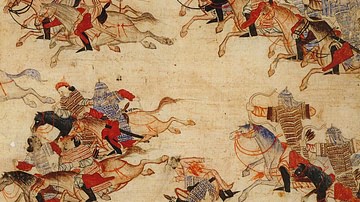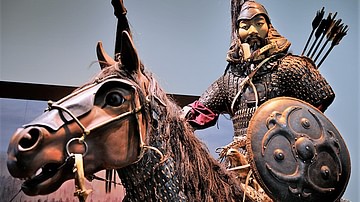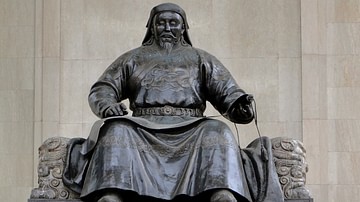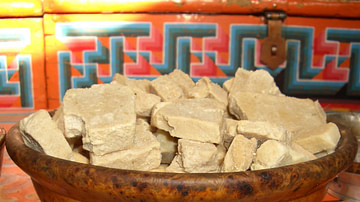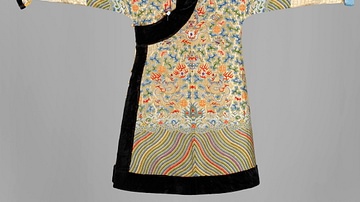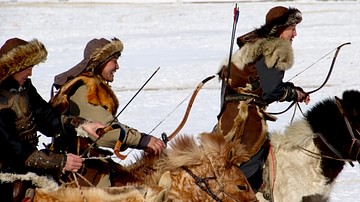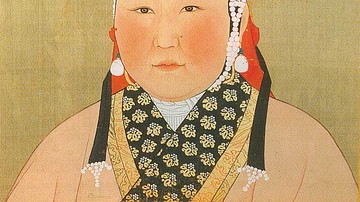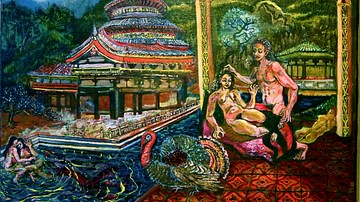Through the 13th and 14th century CE the Mongols forged the largest connected empire the world had ever seen and such figures as Genghis Khan and Kublai Khan were feared as the devil himself, their mounted warriors conquering for their leaders territories from Europe to Korea. The Mongols were much more than a superb fighting machine, though, and in this collection, we will look at some of the unique facets of their culture. There is the diet of the Eurasian Steppe with its dairy staples spiced up with specialities like roast wolf soup. The Mongol yurt tent is now world-famous and we'll look at how it was made and what was the significance of its interior divisions. Other aspects under consideration include the usually active role of women in Mongol society, the clothes people wore, their gods and rituals, and the wonders of the Mongol's fabled capital that so captured Westerner's imagination: Xanadu.
Taboos, designed not to offend any spirits, included not shedding royal blood (considered along with a person's bones to contain the soul), not urinating or washing objects or one's person in rivers, not stepping on the threshold of a yurt tent, and not putting a knife anywhere near a fire. The conventions were taken seriously, and anyone caught breaking them risked severe punishments, even death in some cases. Offenders had to be purified, usually, by walking between two fires, a strategy also used with visiting ambassadors to the Mongol court.

